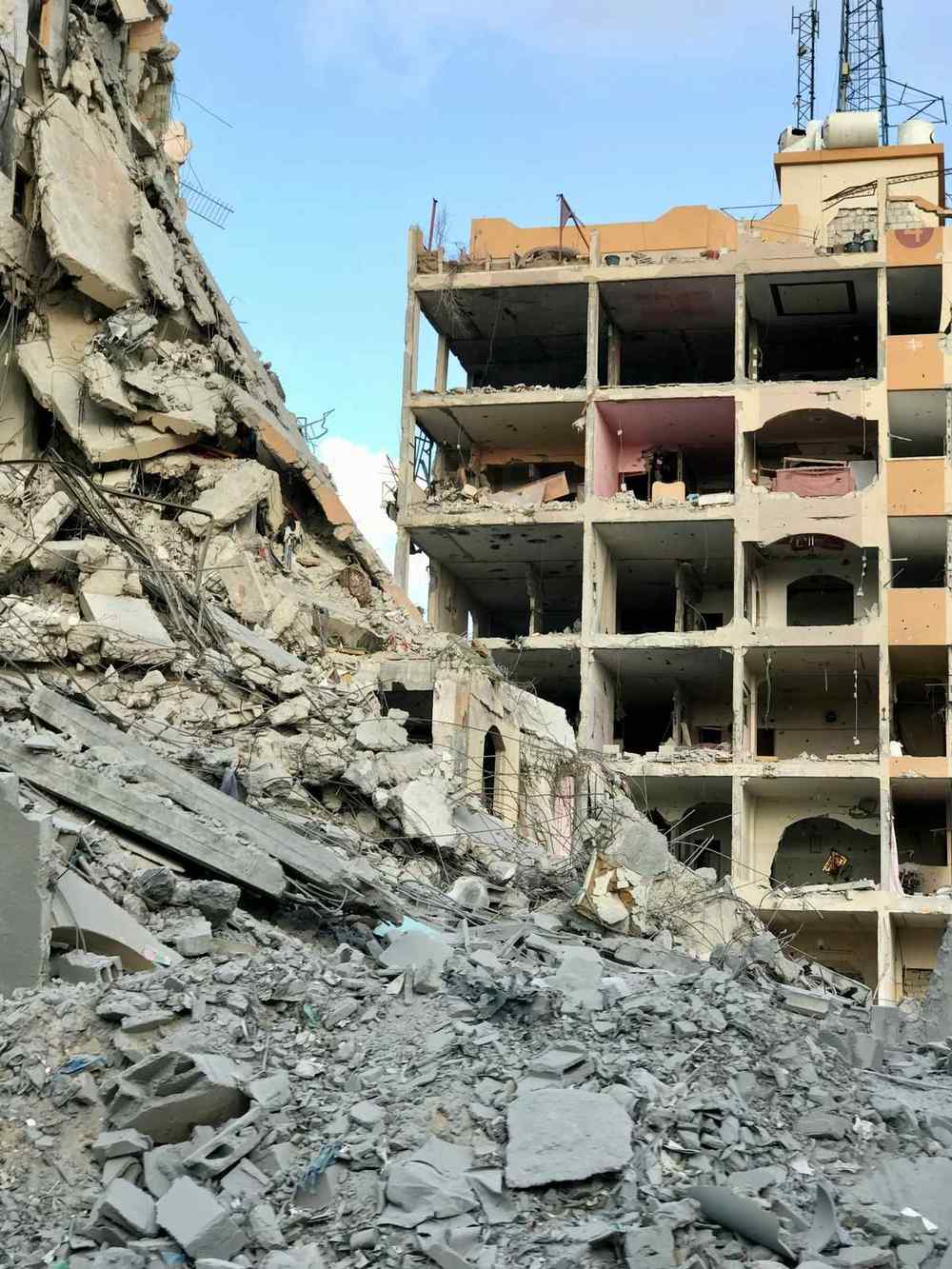A moment of fragile optimism now anchors one of the world’s most enduring conflicts as Israel and Hamas have agreed on the first phase of a ceasefire and hostage exchange. This breakthrough signals a turning point after more than two years of devastating violence across Gaza, and while the details remain fluid, there is real energy behind the hope that something lasting might finally take root.
Under the agreement, a 24-hour halt in hostilities will precede the release of surviving hostages held by Hamas. In return, Israel will free hundreds of Palestinian prisoners and reposition its troops along a newly drawn withdrawal line. This delicate trade is more than a pause in war—it lays the groundwork for humanitarian access to Gaza’s battered population. The United Nations has already pledged to surge aid into the enclave: food, medical supplies, cash support, and shelter materials are poised to flow in once the truce is ratified.
The path forward, however, is fraught with uncertainty. Israel’s government must still ratify the deal, and opposition from far-right factions could complicate full implementation. For Hamas, releasing hostages may be seen as a necessary step rather than a surrender; its leadership has vowed that the ceasefire does not equate to ideological capitulation. How much control Hamas retains after the deal, how Gaza will be governed, and whether disarmament will be enforced are all major open questions.
International reactions were swift and largely celebratory. World leaders across Europe, Asia, and the Middle East welcomed the agreement as a hopeful signal some even framed it as a stepping stone toward a two-state solution. The United Nations called for the moment to be seized, urging safe, unimpeded humanitarian access and a transition toward lasting political progress. Regional powers like Egypt, Qatar, and Turkey, which played key mediator roles, now bear significant responsibility for ensuring the agreement holds.
For people inside Gaza, the truce offers more than strategy it delivers a lifeline. Hundreds of thousands face famine, collapsed infrastructure, destroyed health systems, and the trauma of repeated bombardment. Opening border crossings, allowing convoys of aid, and repairing essential services could mean the difference between survival and catastrophe as winter looms. On the Israeli side, the return of hostages offers closure for families suspended between grief and hope for years.
As the first phase begins, the world watches closely. Will this turn into a durable ceasefire or another brief pause? Will hostages be returned safely without triggering renewed violence? The international community must stay vigilant, too, pressuring all sides to honor their commitments and protect civilians. This moment feels different not simply because of its diplomatic complexity, but because it carries the weight of human lives awaiting rescue, relief, and a future beyond war.
In a region long defined by cycles of conflict, “Gaza ceasefire explained” and “hostage deal details” may become chapters in a new narrative, one where diplomacy—and compassion—outpaces bullets. The challenge now is to make this ceasefire endure.









